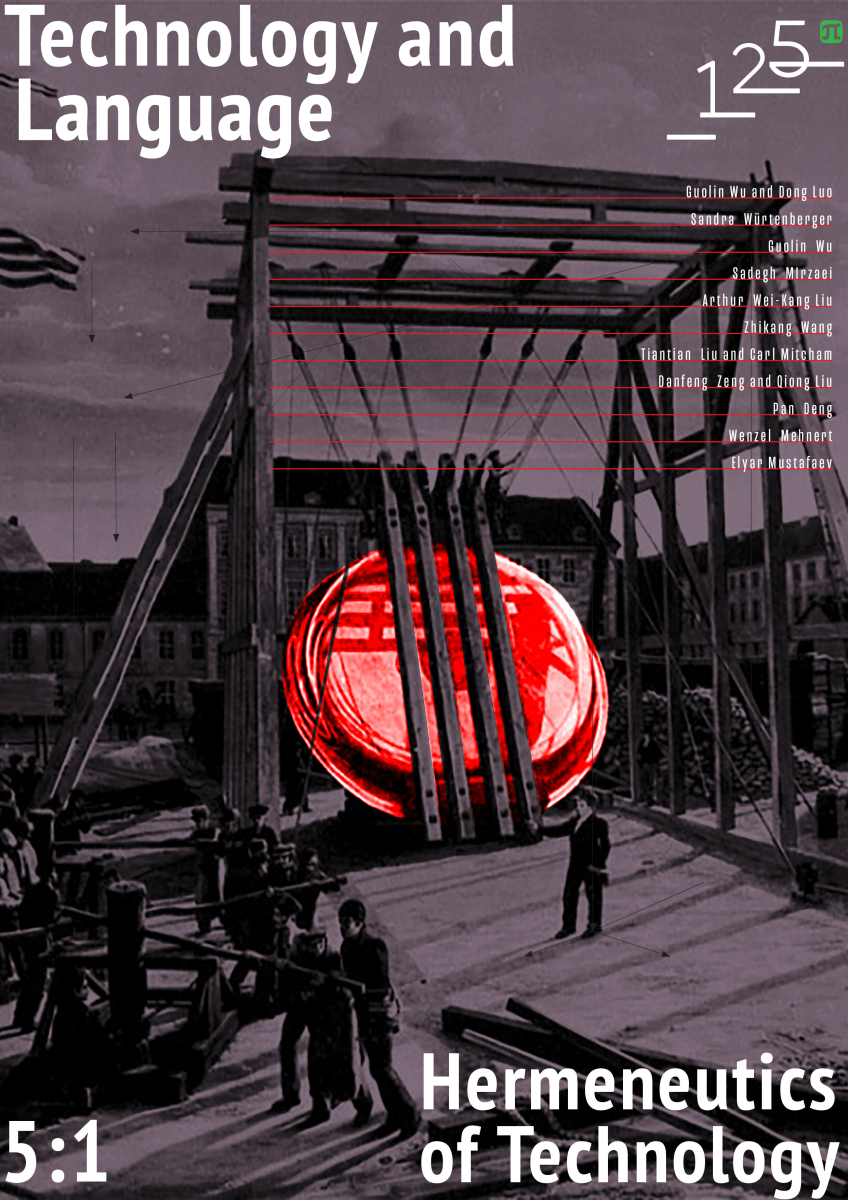Robot vs Worker
The word “robot” first appeared in 1920 in the play “R.U.R.” by Czech writer Karel Capek. Within a few years, the play was translated into more than 30 languages, contributing to the spread of the new term around the world. The word “robot” was preserved in almost all translations, one of the few exceptions being Alexei Tolstoy’s Russian adaptation entitled “Riot of the Machines” (1924). Although in Russian, as well as in Czech, there is an etymological connection between “robot” and “work” (rabota), the translator Tolstoy abandoned the new term, calling robots “workers” (rabotnik), that is, refusing to give them a separate name and equating them to working people. Although the origin of the word “work ” “worker” in Russian (as well as in Czech) is associated with slavery and forced labor, in Soviet times it acquired a brightly positive connotation. If for Capek the difference between robots and people becomes the fault line of the play, their similarity is most important for Tolstoy – the performance of work. Accordingly, the theme of the robot’s rebellion against humans is replaced by the rebellion of workers, whether of natural or artificial origin, against their oppressors.



